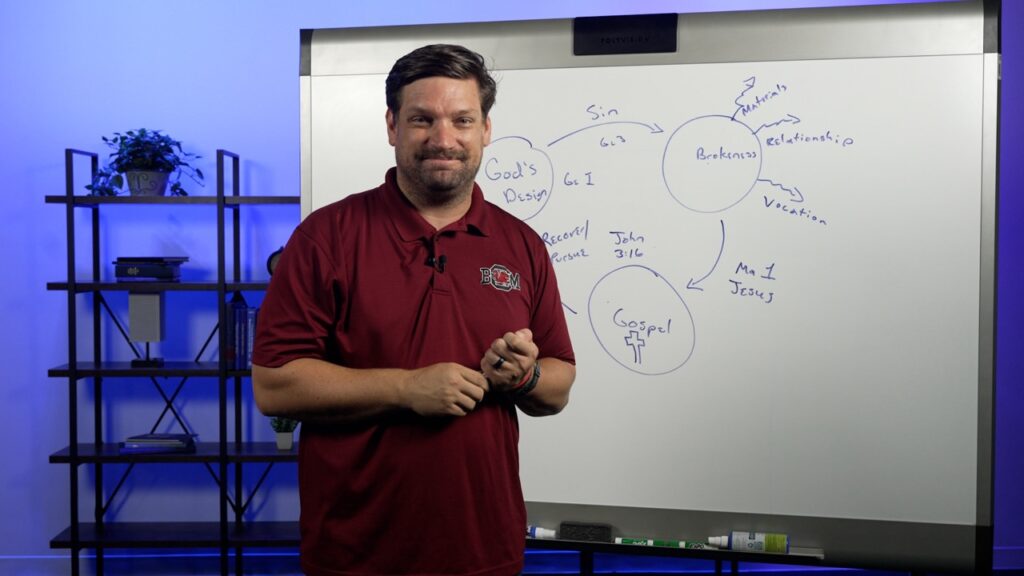Foster Care and Adoption Outline for Ministry
A. Biblical Basis
Scripture is very clear that God calls His children to care for the vulnerable and to seek justice for them.
James 1:27 says, “Religion that is pure and undefiled before God, the Father, is this: to visit orphans and widows in their affliction, and to keep oneself unstained from the world.”
The words of the Bible call God’s people to actively pursue meeting the needs of children who have been orphaned. As Jason Johnson says, “Everyone can do something.” Whether you are praying for these children, serving as a Foster or Adoptive parent, or providing resources or support for such a family – God is calling you to care for vulnerable children.
Deuteronomy 10:18 says, “He executes justice for the fatherless and the widow, and loves the sojourner, giving him food and clothing.”
Justice is a fundamental part of God’s character, as we are shown in the Bible. That even one child does not know the love of a family is a great injustice, and there are millions of children living in this reality. God promises protection and help for those who cannot protect themselves, and he redeems injustice through his unfailing love. God invites His children to join Him in this redemptive work.
Psalm 68:5 tells us, “Father of the fatherless and protector of widows is God in his holy habitation.”
God is the loving Father of all children who have been orphaned. Just as God seeks to demonstrate care and protection for these vulnerable children, His Church should as well.
B. Steps to Launching a Foster Care/Adoption Ministry
- Seek support and direction from the church.
- Establish a Prayer Team and Leadership Team.
- Dream and pray about specific ministry and area (Foster Care, Adoption, Kinship Care, GAL or Mentor).
- Develop structure and proposal of ministry – keep it simple.
- Keep the vision before the church through multiple celebrations.
C. Wraparound Support Structure
- Establish support structure for families – meal trains, respite care, parents night out, resource closet, gift cards, etc.
- Maximize existing family relationships with individuals and/or groups (Who do we know that we can support?).
- Establish prayer partners.
- Begin a support group hosted by the church.
- Provide trauma informed training and other resources for families.
- Set up an adoption grant fund or special needs fund for families.
D. Child Welfare Encouragement
We recognize that DSS workers and other frontline agencies face daily challenges in difficult environments. Our churches have opportunities to serve and love them well. Here are ways you can H.E.L.P.:
H – Honor – Speak highly of workers in public and private. Build trust relationships to have tough conversations. Recognize the work they do for families and children.
E – Encourage – Invite workers to a luncheon at church, cater a lunch to their office, write notes and send updated photos of kids. Take time to appreciate who they are and what they do.
L- Love – Take a worker to lunch, redo a visitation room, provide care kits or supplies for workers to have in their cars, provide a snack cart for a child welfare office. Find tangible ways to share love with workers. Bless them unexpectedly.
P – Pray – Get a list of workers in your county and assign them a prayer partner in your church. Have a prayer service and invite them to your church. Praying for one another is a tremendous gift.


